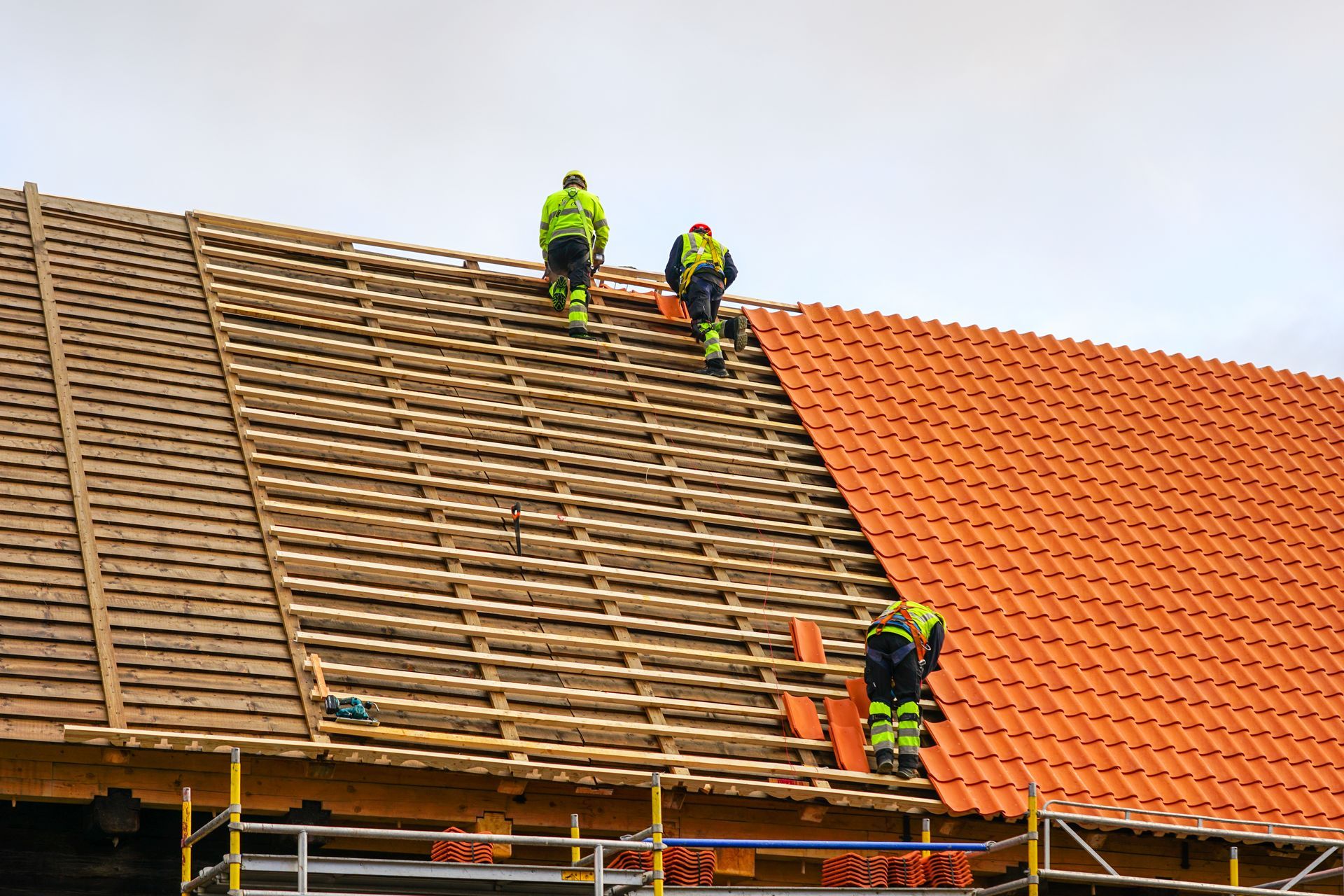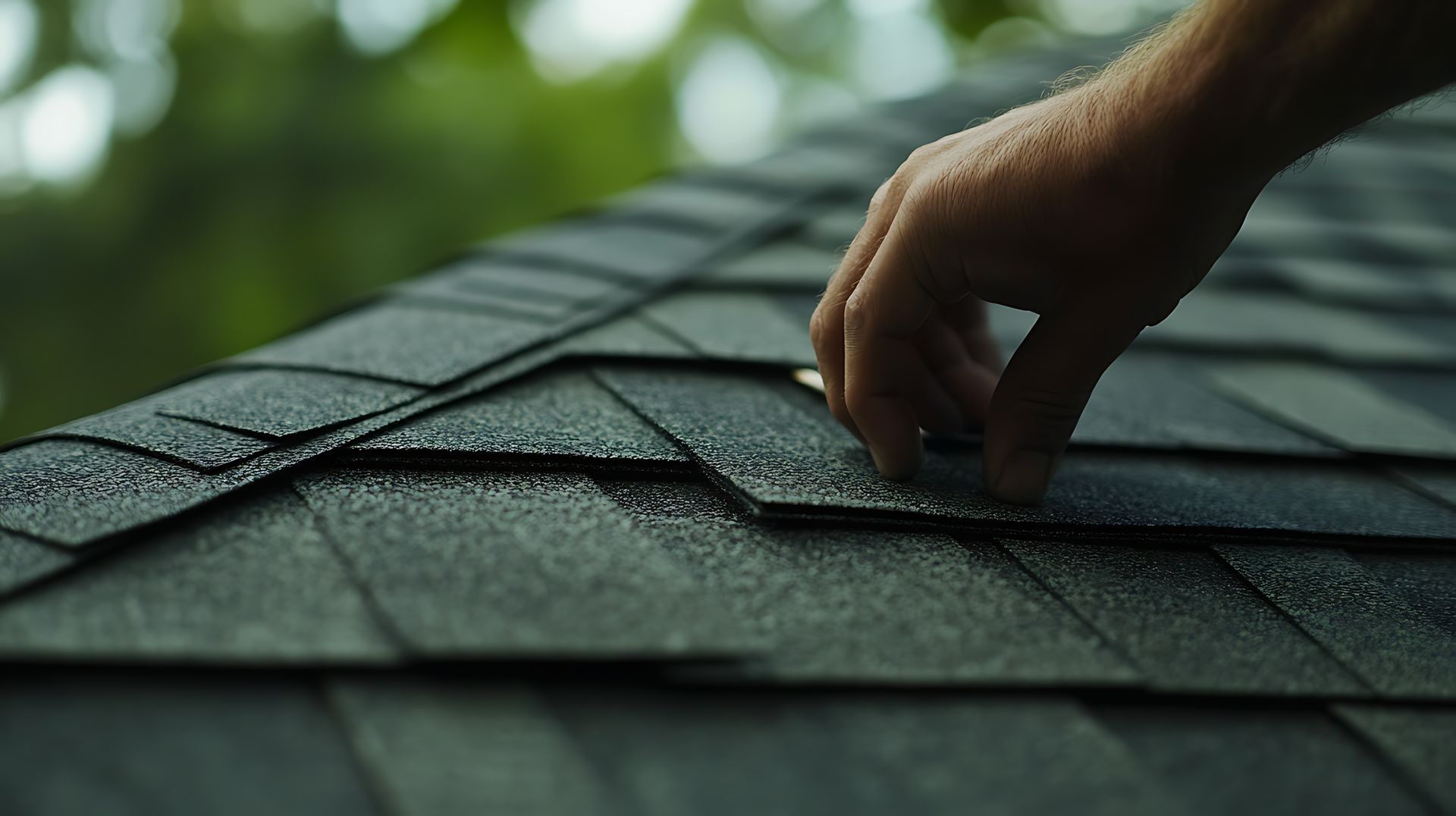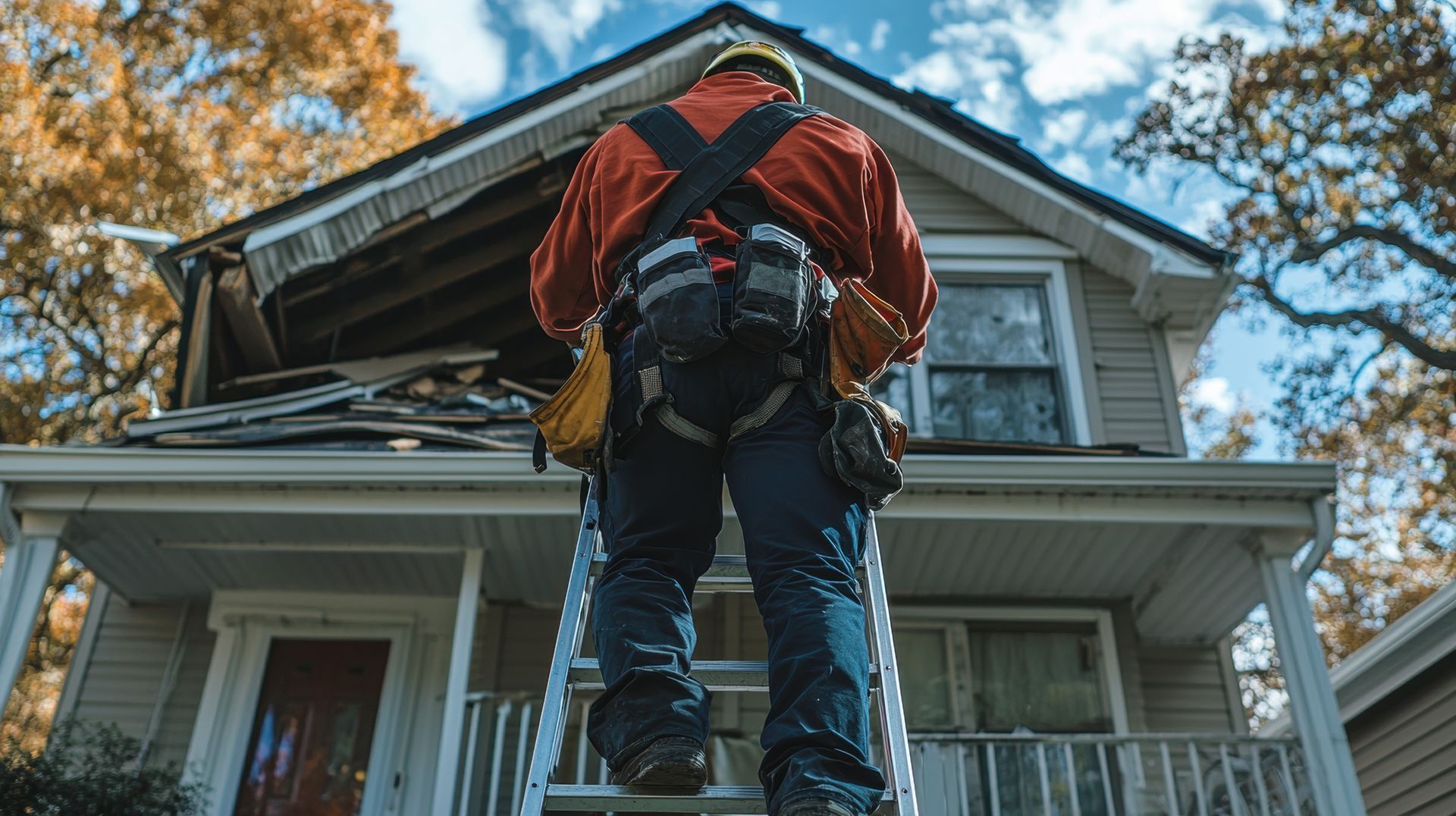Effective Flat Roof Solutions for Commercial Buildings
Effective Flat Roof Solutions for Commercial Buildings

Flat roofs are a popular choice for commercial buildings due to their low cost and practicality. However, their installation requires careful planning to ensure long-lasting performance. Business owners in Erie, PA should understand the critical factors that impact flat roof installations. From water drainage to energy efficiency, these considerations ensure that the roof serves its purpose while minimizing risks. Whether you're considering a new roof or replacing an old one, partnering with professionals for your commercial roofing installations Erie PA will ensure your investment is well-protected and your roof stands the test of time.
Water Drainage
Flat roofs may appear level, but they require a slight slope to facilitate proper water drainage. Without an effective drainage system, water can pool on the surface, leading to leaks, mold, and structural damage.
- Slope Design: Even flat roofs need a small slope (typically 1/4 inch per foot) to guide water toward drains. This subtle incline prevents water from stagnating on the surface and directs it away from the building. During commercial roofing installations, professionals ensure this is factored into the design.
- Drainage Systems: Incorporating internal drains, scuppers, and gutters ensures water has multiple pathways off the roof. Proper placement of drains prevents overloading any single area and reduces the risk of damage.
- Regular Cleaning: Clogged drains can cause pooling and potential leaks. Ensuring drains are cleaned regularly is a vital aspect of maintenance that enhances roof longevity. Water buildup can easily compromise the roof’s materials and structure over time.
Durability
Commercial roofs endure constant exposure to harsh weather conditions, foot traffic, and potential physical damage. Choosing durable materials is essential to ensure long-term functionality and avoid costly repairs.
- TPO (Thermoplastic Polyolefin): TPO roofing is highly resistant to UV rays, chemicals, and punctures, making it ideal for areas with extreme temperature fluctuations. Its flexibility also accommodates roof movement without cracking or tearing.
- EPDM (Ethylene Propylene Diene Monomer): This synthetic rubber membrane is known for its excellent durability and resistance to moisture. EPDM performs particularly well in climates with heavy rainfall and hail, making it a reliable choice for Erie, PA.
- Layering for Strength: When considering materials for commercial roofing installations, it’s important to explore multi-layered options that offer additional protection. Roofing membranes reinforced with polyester or fiberglass increase resistance to punctures and heavy impacts.
Maintenance
No roof is maintenance-free, and regular inspections are essential to detect minor issues before they become major problems. Commercial flat roofs can last decades if properly maintained, so developing a maintenance plan is critical for long-term performance.
- Scheduled Inspections: Inspections should be performed at least twice a year, especially after significant weather events like storms or heavy snowfalls. Early detection of cracks, punctures, or wear can prevent costly damage.
- Seam Checks: The seams of flat roofs are particularly vulnerable to leaks. Inspecting seams and applying sealants as needed will help maintain a watertight surface. For EPDM and TPO roofs, special attention should be paid to welded or glued areas.
- Repairs and Replacements: Timely repairs can extend the lifespan of your roof. For example, repairing small punctures or replacing worn-out flashing can prevent further damage. Ignoring minor repairs can lead to larger issues, such as water infiltration and structural damage.
Roof Access
Designing flat roofs with easy access is an often overlooked aspect of commercial roofing installations, yet it plays a pivotal role in future maintenance. Rooftop access should be planned from the start to simplify repairs and the installation of equipment. If you’re not sold on flat roofs, read “Choose The Best Shingles: A Comprehensive Guide,” to learn more.
- Walkways and Access Points: Building dedicated walkways on the roof surface can prevent damage from foot traffic, especially if the roof frequently hosts HVAC units or other equipment. Access points like ladders or hatches should be easy to reach, making it safe and efficient for technicians to conduct repairs.
- Equipment Placement: Roofs that house HVAC systems, solar panels, or satellite dishes need specific accommodations. Plan for equipment placement to avoid concentrated weight that could damage the roof membrane. It’s important to distribute weight evenly and avoid overloading any particular section of the roof.
- Safety Considerations: Access routes should be equipped with safety features, such as railings and non-slip walkways, to ensure the safety of maintenance personnel. Commercial buildings in Erie, PA, often experience icy conditions in the winter, so safety measures are a priority.
Energy Efficiency
Flat roofs on commercial buildings present unique opportunities for improving energy efficiency, and cool roof coatings are a practical solution for reducing heat absorption.
- Cool Roof Coatings: Applying reflective coatings to flat roofs helps bounce sunlight away from the building, lowering interior temperatures and reducing the need for air conditioning. This is especially beneficial during the summer months in Erie, where cooling costs can become significant.
- Insulation: Adding proper insulation beneath a flat roof can reduce energy loss, keeping the building warm in winter and cool in summer. By reducing heat transfer, businesses can lower energy costs and create a more comfortable environment for employees and customers.
- Green Roofs: Flat roofs are ideal for installing green roofs, which provide natural insulation and reduce heat absorption. Green roofs also improve stormwater management by absorbing rainwater, further supporting your drainage system.
- Sustainability Goals: Installing energy-efficient roofing materials supports corporate sustainability initiatives. Business owners looking to minimize their carbon footprint will benefit from energy-efficient roofing systems that conserve resources and reduce operational costs over time.
Conclusion
Choosing the right materials and design for flat roof installations on commercial buildings in Erie, PA, requires careful consideration of water drainage, durability, and energy efficiency. By incorporating regular maintenance practices and ensuring easy access to the roof, businesses can prolong the life of their investment. Commercial roofing installations in Erie, PA offer the opportunity to implement durable, long-lasting solutions that reduce operational costs and provide peace of mind for years to come.
If your commercial building needs a reliable, durable, and efficient flat roof, now is the time to act.
Erie Roofing provides expert services in flat roof installations, ensuring your roof will perform at its best for decades. With a focus on quality materials and precision, we ensure your roof can handle the unique challenges of the Erie, PA climate. Schedule a consultation with our team of experienced professionals and protect your business with a roof built to last.
Contact us today for a customized roofing solution tailored to your needs.



